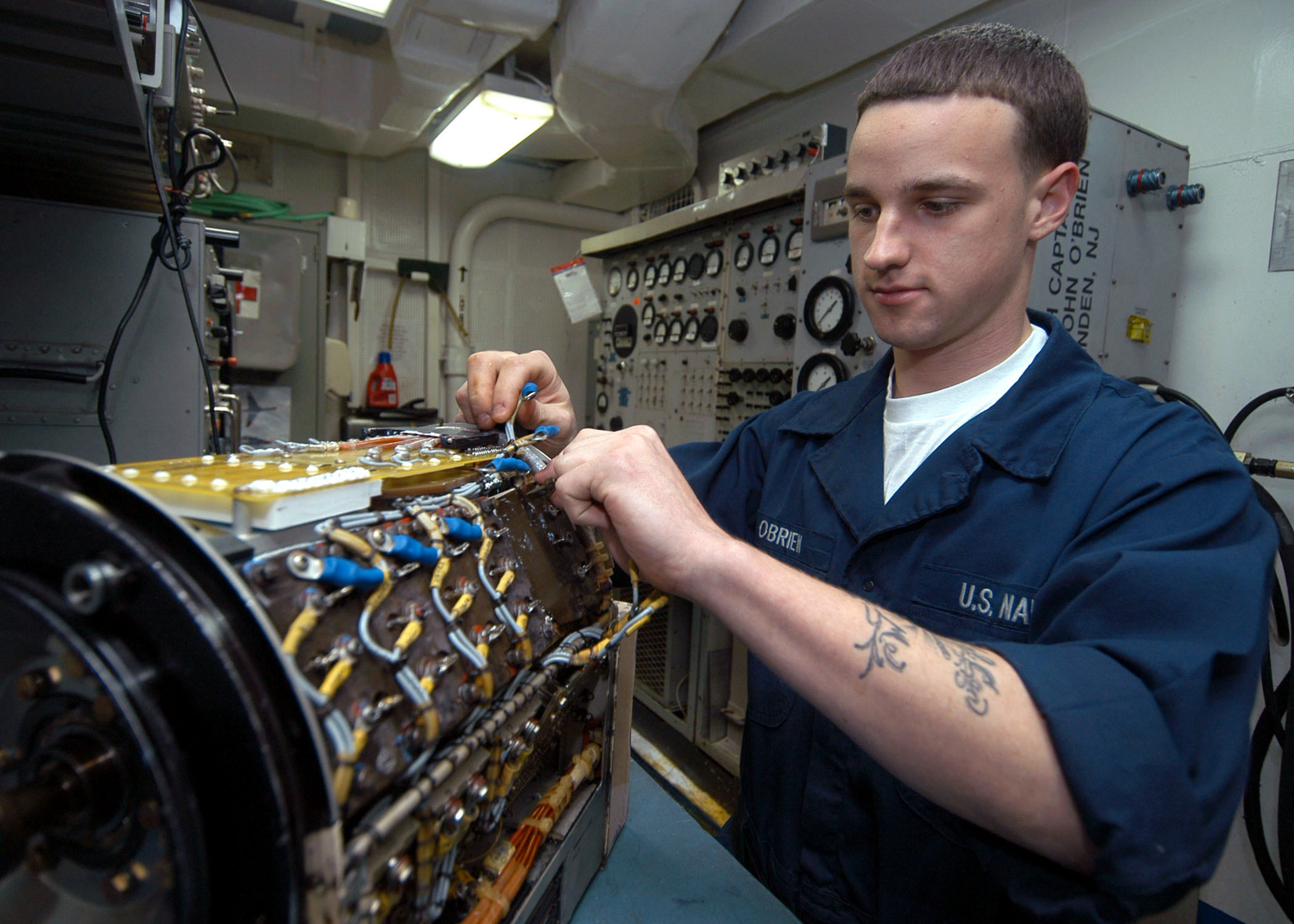The three most commonly used dental sterilizers that are used in most if not all dental and maxilla facial surgeon’s offices and how it’s done follows:
Autoclave (also known as steam sterilization) Pre-vacuum-type and gravity displacement sterilization procedures uses steam autoclaves which reaches temperatures from about two hundred and fifty degrees F to two hundred and seventy three degrees F, which stays in the autoclave for from about 4 minutes to 30 minutes, whereas the drying cycle can be as long as about 25 to 40 minutes. Factors that influence the time periods are instructions from the manufacturers, whether instruments unwrapped or wrapped and depending on the temperature chosen
Unsaturated chemical vapor sterilizers: Creating a vapor for steaming made from an Acetone, Ketone, Formaldehyde, alcohol, and water with which a combination of temperature, time, and pressure as factors to achieve sterilization. Time for sterilization is about 20 minutes with temperatures of up to two hundred and seventy degrees F and pressure that should always measure 20 psi.
Dry heat sterilization: The use of forced air or static air and the extended time with high heat are the main factors to achieve sterilization for the dry heat sterilizing process. Depending on manufacturer’s instructions and the temperature used the sterilization period could range from twelve to one hundred and fifty minutes and most times the temperatures vary from three hundred degrees F up to Three hundred and seventy-five degrees F. All this is for the process known as dry heat sterilization.
Pitfalls in achieving sterilization:
- Pressure, temperature, interrupting the dental sterilization
cycle or inadequate time. - Instruments that are inadequately pre-cleaned.
- Sterilizer overloading
- Drying cycle inadequacies (autoclaves)
- Seals or gaskets that are faulty
- Packing improperly
- Packing to bulky
- Instruments spaced inadequately.
- Inadequate or incorrect unit operation
The hindering of sterilization can also be caused by using the wrong types of packaging
- Prevention of the sterilizing agent reaching the instruments
inside can be because of using the wrong packaging. - If wrong plastics or temperatures used can cause it to melt.
- Charring and burning of certain papers may occur also
because of the wrong usage of temperatures and types of
paper. - Too much steam may be absorbed by the use of too thick
cloths. - Unsaturated chemical dental sterilizers and steam
sterilizers are not effective if closed containers are used. - Chemical vapors is always absorbed too much by using cloth
- Increasing the risk of infection in surgical patients by
microorganisms that use lint fibers as a vehicle server as
well as causing major postoperative complications




